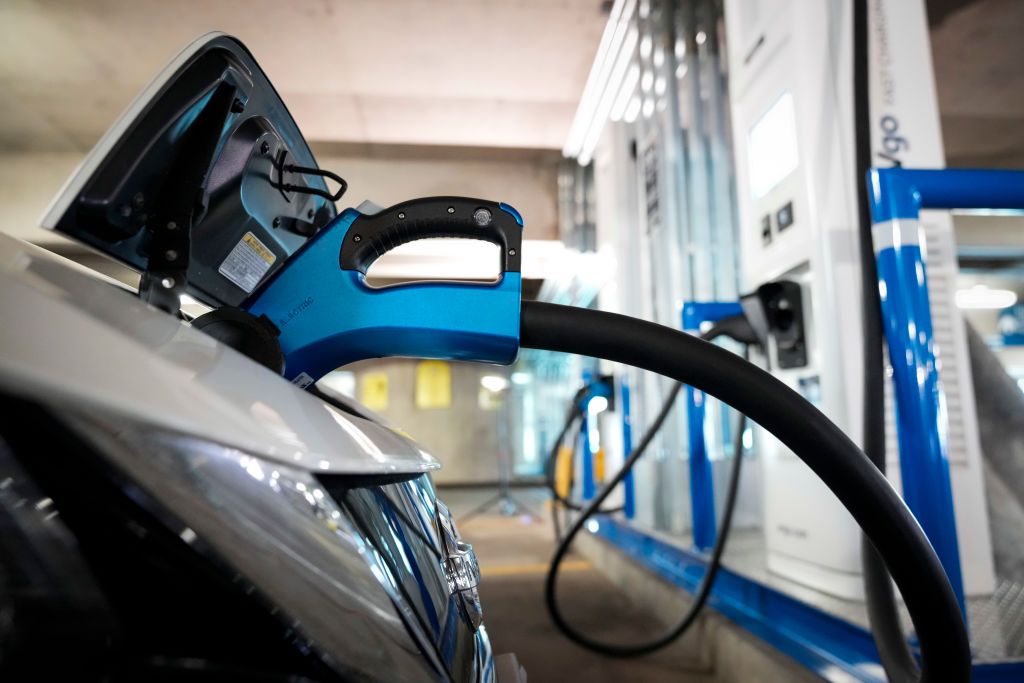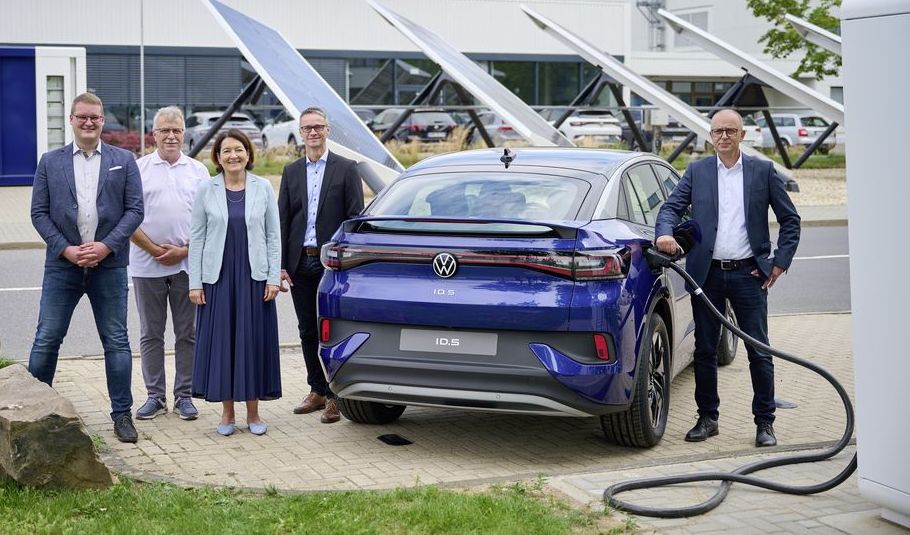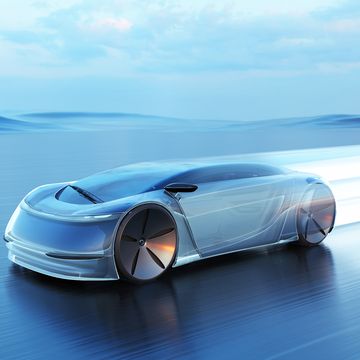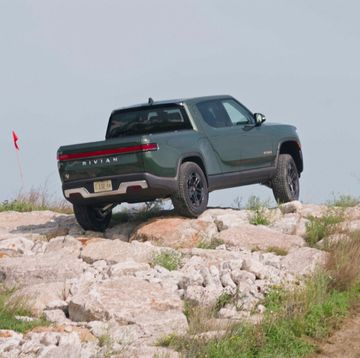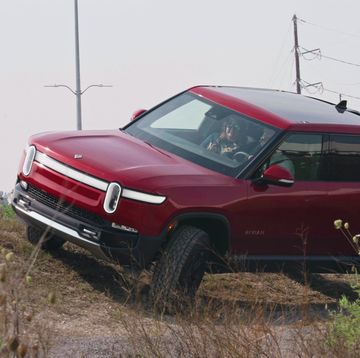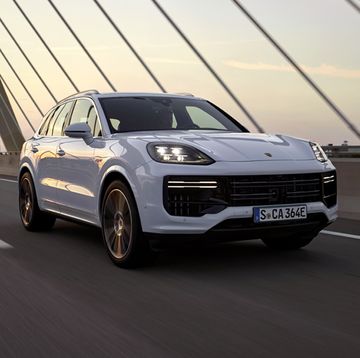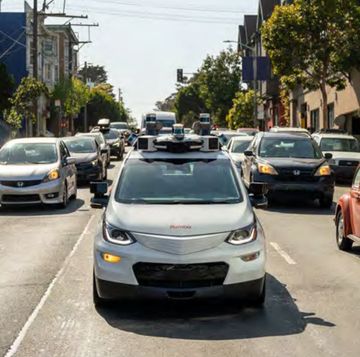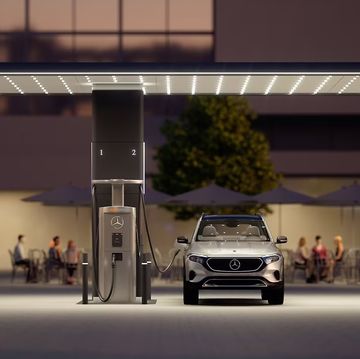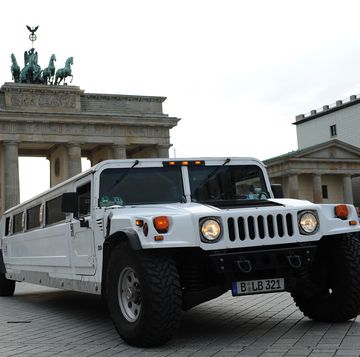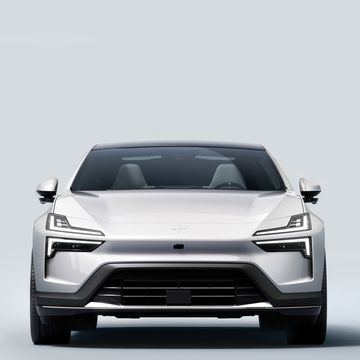- Standards call for at least four chargers per station.
- Stations should be located every 50 miles and within one mile of a highway.
- Can the federal government compete with Tesla Superchargers?
So the electric-vehicle revolution appears to be a go, as consumer interest grows and automakers race to meet demand ahead of the 2035 California zero-emissions vehicle mandate.
How will we recharge all those shiny new battery-electric cars and trucks across the US? Will there be a sufficient number of gas station alternatives to get you from Eureka to San Diego, or Washington, DC, to Seattle, Washington, in due time?
Last February, the federal Energy Department and Transportation Department announced they had set aside nearly $5 billion over five years from the Biden administration’s Bipartisan Infrastructure Law to “help create a network of EV charging stations along designated Alternative Fuel Corridors, particularly along the Interstate Highway System.” The initial round of funding is provided in the current fiscal year, which ends Sept. 30.
The two federal agencies call it the National Electric Vehicle Charging Network, and the Bipartisan Infrastructure bill kicks in an additional $2.5 billion in competitive grants for “covering communities and corridors.”
By Aug. 2, the 50 states plus the District of Columbia and Puerto Rico submitted development plans on how to build out their recharging infrastructure networks. Funding authorization is subject to congressional approval every year.
What will the National EV Charging Network look like? It’s still way early, obviously, but the goal is for state governments working with private recharger suppliers—funded in part by the infrastructure money—to quickly grow a network of recharging stations that will calm “range anxiety” and give motorists confidence they can drive cross country with nearly the same ease as stopping at a gas station every 300-500 miles.
Federal Highway Administration Deputy Administrator Stephanie Pollack outlined the requirements at a symposium in Washington last June. Users across the country “need to know they will find an easy, reusable charger,” Pollack said. This means:
- At least four DC fast chargers per station.
- Charger construction and maintenance to guarantee they work at least 97% of the time.
- Real-time information sharing so drivers can plan recharging stops ahead while on their routes.
- Charging stations located every 50 miles within one mile of a highway, except where “rural states may be granted exceptions to reflect their unique circumstances.”
- Easily usable and accessible for people with disabilities.
- Service available for all EV drivers and a range of vehicles (including Teslas).
- Easy to pay for with the swipe of a credit or debit card, with no exclusive clubs, membership, or proprietary apps.
There's nothing easy about meeting these goals, especially looking forward to anticipated demand. Tesla owner Michael Dunne, who leads automotive global intelligence firm ZoZoGo, predicts the US EV market will reach 4 million units by 2030.
Dunne says Tesla would be the only EV brand he would consider, because of its Supercharger network alone. He test-drives other new EVs across California frequently and says other recharging companies simply don’t have the software acumen of Tesla. Often, two or three of the four chargers at a station are not working, and the chargers that do work require an update of the vehicle’s software before the driver can “fill up.”
Tesla began making its Dutch Superchargers available to use for other brands late last year for an added price, according to Forbes. But CEO Elon Musk (who cut Tesla’s public relations department in 2019) has not tweeted out when or if Tesla’s US superchargers will be available for use by other brands, or how easy that might be. According to tesla.com, there are 35,000 Superchargers globally. Data firm Scrape Hero says there are 1456 in the US as of August, one-fifth of them in California.
Can recharging station providers like Electrify America, ChargePoint, and EVgo, as well as enlightened oil giants BP and Shell, get their acts together, meet the federal guidelines outlined above, and fulfill the demands of 4 million owners by the end of the decade?
They must, or the dream of a zero-emissions vehicle future will collapse under the weight of American drivers who will not give up the ability to drive wherever they want, whenever they want.
Are you ready for the EV revolution? Do you have concerns about the charging infrastructure? Please comment below.
As a kid growing up in Metro Milwaukee, Todd Lassa impressed childhood friends with his ability to identify cars on the street by year, make, and model. But when American automakers put an end to yearly sheetmetal changes, Lassa turned his attention toward underpowered British sports cars with built-in oil leaks. After a varied early journalism career, he joined Autoweek, then worked in Motor Trend’s and Automobile’s Detroit bureaus, before escaping for Mountain Maryland with his wife, three dogs, three sports cars (only one of them British), and three bicycles. Lassa is founding editor of thehustings.news, which has nothing to do with cars.
